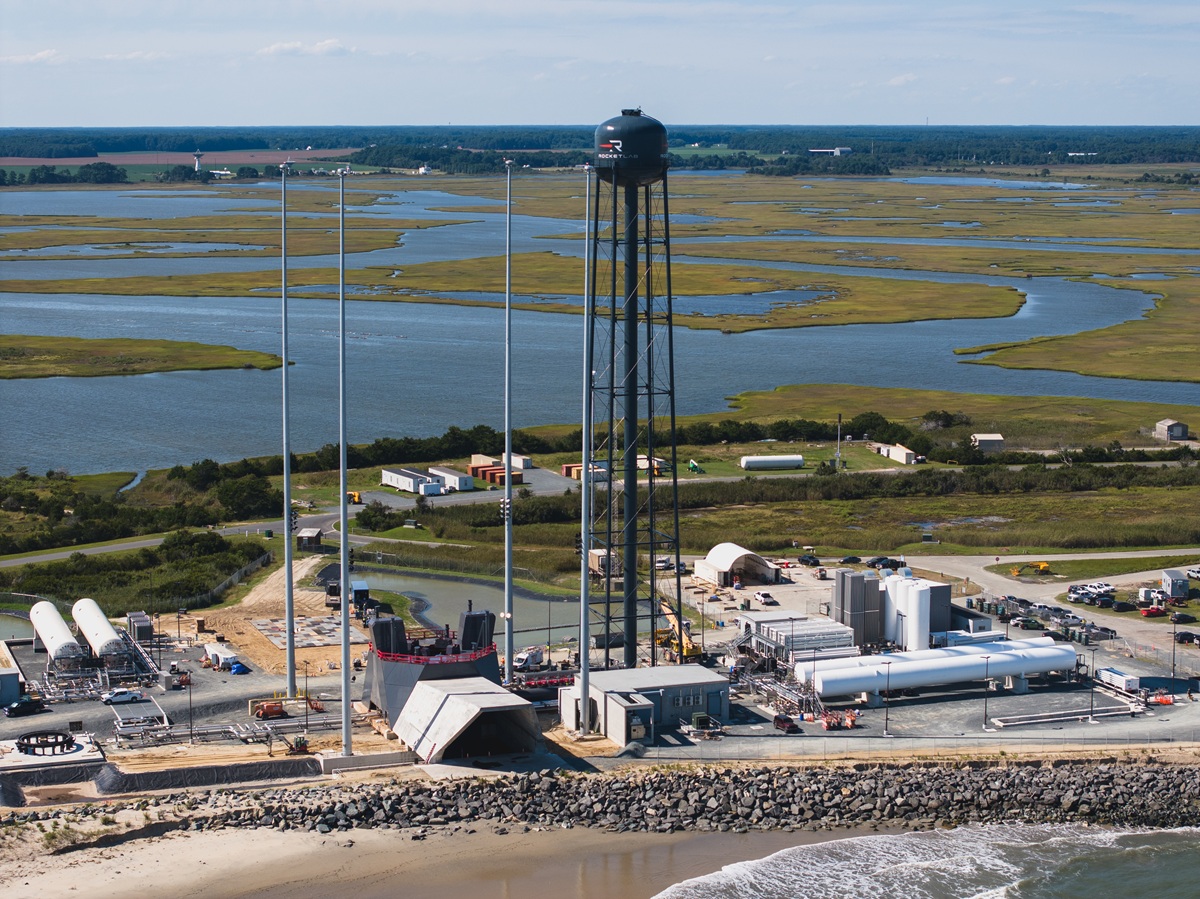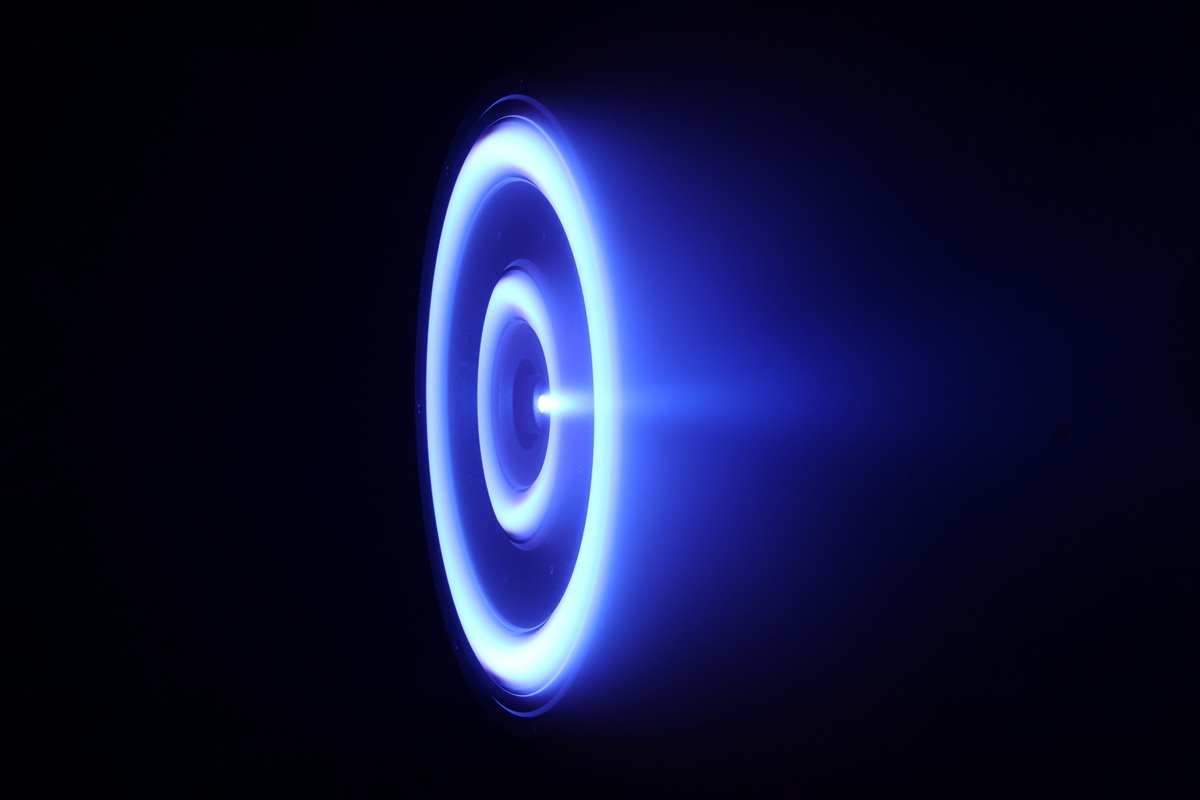LONG BEACH, California: Rocket Lab has officially inaugurated Launch Complex 3 (LC-3) at the Mid-Atlantic Regional Spaceport (MARS) on Wallops Island, Virginia, marking a transformative milestone in U.S. space launch capabilities with its new reusable medium-lift rocket, Neutron. This purpose-built facility is set to deliver the largest orbital launch capacity in the spaceport’s history and strengthen America’s leadership in the global space industry.
Rocket Lab’s LC-3, situated at Pad 0-D within the Virginia Spaceport Authority’s complex, is designed to support a new era of reliable, responsive, and competitive launch operations directly from U.S. soil. With Neutron’s upcoming maiden flight from this site, the company takes a significant step forward in expanding launch diversity and assured space access for critical commercial, governmental, and interplanetary missions.

Sir Peter Beck, Rocket Lab’s founder and CEO, emphasized the site’s role in building a robust U.S. space infrastructure: “Launch Complex 3 is our commitment to providing assured access to space and the launch site diversity needed for the nation’s most important missions,” he stated during the ribbon-cutting ceremony attended by state and company officials. This new capability directly supports national security imperatives, NASA science, and the growing needs of the satellite mega-constellation market.
LC-3 represents a notable feat in facility design and rapid construction—completed in less than two years through the efforts of over 60 contractors, many based in Virginia. The site’s infrastructure includes a 9-meter (30-foot) tall launch mount built from more than 700 tons of steel and operated by advanced hydraulic systems for handling Neutron’s large payloads. This is augmented by launch equipment vaults that house sophisticated electrical systems, a massive 180,000-gallon LOX and LNG propellant farm, and an imposing water supply tower with over 200,000 gallons capacity at 200+ feet tall.
The LC-3 complex is designed for test launches, orbital missions, and stage landings, providing a launch cadence and responsiveness not previously possible at MARS. Its location alongside Rocket Lab’s existing Launch Complex 2, used by the Electron rocket, consolidates the company’s presence in Virginia.
Neutron, Rocket Lab’s new entrant in the reusable medium-lift class, targets a wide array of missions, from commercial satellite deployments and national security to future human spaceflight. Capable of carrying up to 13,000 kg (33,000 pounds) to low Earth orbit, Neutron leverages carbon composite structures and innovative stage recovery systems that enhance reliability and turnaround times while lowering operational costs.
The rocket sports nine Archimedes engines on the first stage, optimized for high performance with liquid oxygen and methane, and a vacuum-optimized engine on the second stage. A unique feature is Neutron’s integrated recovery of both the first stage and payload fairings, maximizing efficiency and launch frequency. This design positions Neutron as a serious competitor to SpaceX’s Falcon 9, especially in the rapidly expanding small and medium satellite market.

The opening of Launch Complex 3 has been lauded by local and federal officials. Virginia Governor Glenn Youngkin highlighted the site as a bold leap for the Commonwealth’s economic growth and innovation, stating, “From right here on Virginia’s beautiful Eastern Shore, Neutron will deliver reliable and responsive launch capabilities, supporting national security while creating opportunities for innovation and economic growth.”
Congresswoman Jen Kiggans referenced the strategic importance of the facility for national security and aerospace leadership, while Virginia’s Secretary of Transportation underscored the role of state infrastructure in attracting and retaining top aerospace companies like Rocket Lab.
Roosevelt Mercer, Jr., CEO of Virginia Spaceport Authority, called the facility “one of the Commonwealth’s most strategic assets” that bolsters assured access to space and positively impacts Virginia’s economy.
With more than 60 local contractors involved in LC-3’s construction, Rocket Lab’s investment in Virginia is set to accelerate local economic development. The facility not only expands MARS’s capabilities, but also establishes Virginia as a leading hub for commercial and government space endeavors in the U.S., attracting future investments and high-skilled jobs.

LC-3 is expected to host Neutron’s debut flight in the latter half of 2025. The site is integral to Rocket Lab’s plans for repeated launches, advanced cargo delivery missions, and supporting next-generation national security strategies via rapid-response space operations. This milestone solidifies Rocket Lab’s reputation for speed and innovation, positioning the company—and the Commonwealth of Virginia—as front-runners in the future of U.S. space launch services.
With LC-3 now operational, Rocket Lab prepares to transform the nation’s access to space and deliver innovations critical to commercial customers, government agencies, and scientific partners worldwide.





